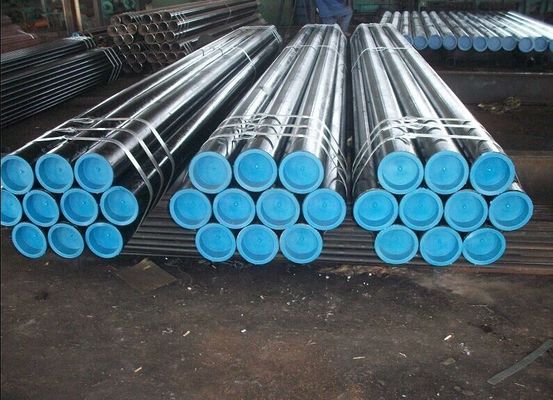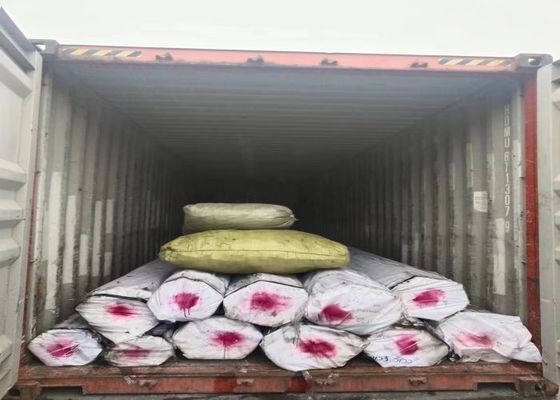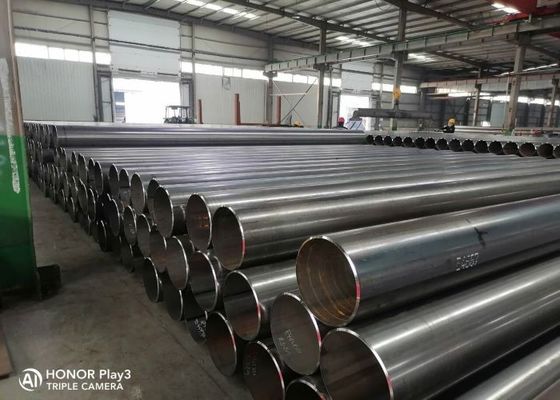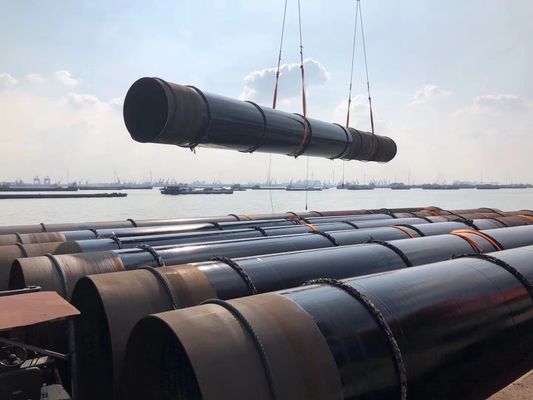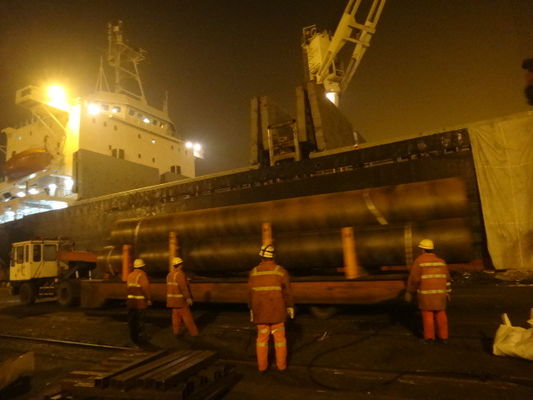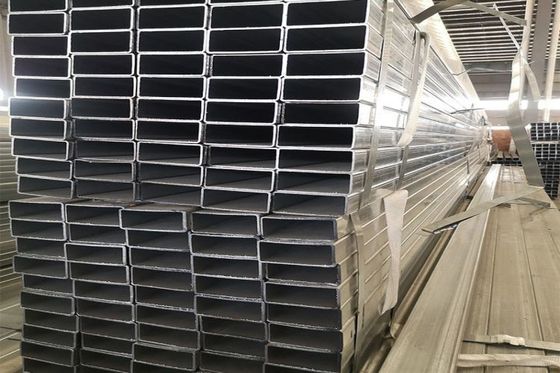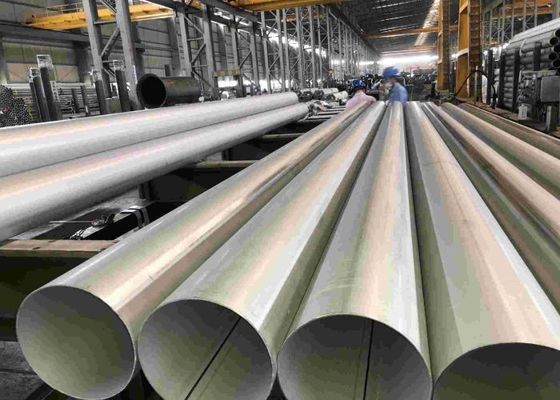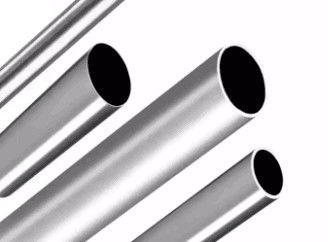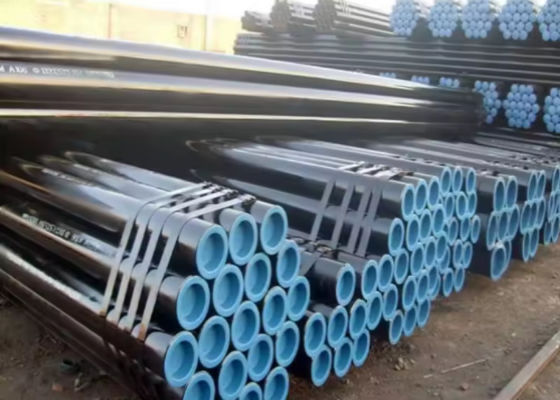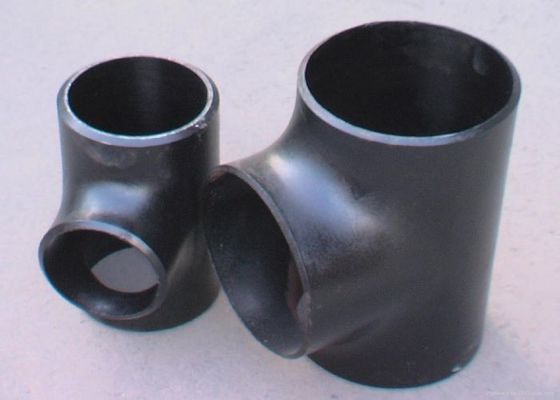Product Description:
Our state-of-the-art heat recovery ventilation system is designed to improve indoor air quality while maximizing energy efficiency. This highly effective and reliable system works by providing a continuous supply of fresh air while recovering heat from the outgoing stale air.
The features of this system include:
- Heat Recovery Efficiency: Our system includes a high-efficiency heat exchanger to recover and transfer heat from the exhaust air to the incoming fresh air, minimising energy loss and reducing heating or cooling costs.
- Ventilation Capacity: With a robust airflow capacity, our heat recovery ventilation system can offer an adequate supply of fresh air for residential, commercial, or industrial spaces, as well as remove pollutants, allergens, and excess moisture.
- Air Filtration: Air filtration technology is used to capture and remove airborne particles, dust, pollen, and other contaminants, improving indoor air quality and reducing the risk of respiratory issues.
Features:
Energy Efficiency: The heat recovery ventilation system is designed to recover and transfer heat from exhaust air to incoming fresh air, minimizing energy loss and reducing heating or cooling costs. This helps to save energy and also greatly reduce the cost of energy bills.
Improved Indoor Air Quality: The system continuously supplies fresh air while removing pollutants, allergens, and excess moisture, promoting a healthier and more comfortable indoor environment. This allows for cleaner air to be provided to inhabitants in the building, resulting in reduced exposure to pollutants or allergens.
Air Filtration: Advanced air filtration technology captures and removes airborne particles, dust, pollen, and other contaminants, enhancing indoor air quality and reducing the risk of respiratory issues. This ensures that all air entering the indoor environment is free from contaminants, dust, and pollen, providing both improved air quality and respiratory health.
Intelligent Controls: The system features intelligent controls that allow for easy operation, scheduling, and customization of ventilation settings. Users can adjust airflow rates, set timers, and monitor air quality parameters for optimal performance. This allows for a higher level of control that can be tailored to individual needs and ensures optimal performance of the system.
Technical Parameters:
The Airflow Capacity of the system is significant, with a maximum of [insert value] cubic meters per hour (m³/h) or [insert value] cubic feet per minute (CFM).
The Heat Recovery Efficiency of the system is rated at [insert value] percent, indicating that the efficiency of heat transfer from the exhaust air to the incoming fresh air is excellent.
The system also offers energy-efficient operation with a Power Consumption rate of only [insert value] watts.
Additionally, the system's Filtration Efficiency is rated at [insert value] percent, allowing it to effectively capture and remove airborne particles, dust, pollen, and other contaminants.
Applications:
Heat Exchangers: Versatile Heat Transfer Components
Heat exchangers play an important role in a range of applications from HVAC systems to renewable energy systems. By facilitating the transfer of heat energy in the form of fluids, gases, or solids, heat exchangers can enable efficient heating or cooling of indoor spaces, energy savings, and process optimization in a variety of systems.
HVAC Systems
In HVAC systems, heat exchangers help transfer heat between the air handling unit and the air that is being circulated. They ensure efficient heating or cooling of the indoor environment, providing optimal living conditions.
Industrial Processes
From power plants, chemical plants, and oil refineries to food processing plants, heat exchangers are widely utilized in many industrial processes. They assist in optimizing energy efficiency and process performance by efficiently transferring large amounts of heat.
Refrigeration and Cooling Systems
Heat exchangers are known to be effective components in refrigeration and cooling systems such as refrigerators, air conditioners, and chillers. They facilitate the exchange of heat to remove thermal energy from the system, allowing for effective cooling and temperature control.
Renewable Energy Systems
Heat exchangers are employed in numerous renewable energy systems including solar thermal systems and geothermal heat pumps. They help transfer heat collected from solar radiation or the earth’s heat energy into usable forms for heating water, space heating, or power generation.
Customization:
Customize Heat Exchanger Steel Tube
Brand Name: Heat Exchanger Steel Tube
Place of Origin: China
Certification: AHRI, ENERGY STAR, LEED
Minimum Order Quantity: 1 TON
Price: USD600-2300/TON
Packaging Details: Protective Materials, Customized Crating, Securing and Bracing, Clear Labeling, Moisture Protection, Documentation and Manuals
Delivery Time: 5-7 working days
Payment Terms: T/T, L/C
Supply Ability: 10000 tons/year
MOQ: 1 Ton
Surface Treatment: Pickling, Sand Blasting, Painting
Certificate: ISO, SGS, BV, Etc.
Shape: Tube
Outer Diameter: Customized
Features of Heat Exchanger Tube
Heat exchanging tube is a key component in heat exchange system. It has excellent heat exchange performance and is mainly used in energy-saving and environmental protection industries. The steel tube exchanger is made of high quality stainless steel, which is corrosion resistant and durable. It is an ideal choice for heat exchanging.
Advantages of Heat Exchanger Steel Tube
- High heat exchange efficiency
- Corrosion resistance and durability
- Easy to install and maintain
- Customizable for different applications
Applications of Heat Exchanging Tube
- Food processing
- Chemical processing
- Petrochemical industry
- Energy-saving and environmental protection field
Packing and Shipping:
Heat Exchanger Steel Tube Packaging and Shipping
Heat exchanger steel tubes are packaged and shipped in accordance with international standards. They are usually shrink-wrapped and placed in corrugated boxes with labels. The tubes are also secured with a steel band or wire to prevent damage during transport. The tubes are carefully inspected to ensure that there are no defects or damage before they are shipped.
The tubes are then loaded onto pallets, bubble-wrapped, and secured with a steel band before they are shipped. The tubes are shipped with a cargo tracking number so that they can be tracked and traced during transit.
For international shipping, the tubes are placed in wooden boxes or crates, and then sealed and labeled for shipping. The boxes are then loaded onto a container for transport.

 Your message must be between 20-3,000 characters!
Your message must be between 20-3,000 characters! Please check your E-mail!
Please check your E-mail!  Your message must be between 20-3,000 characters!
Your message must be between 20-3,000 characters! Please check your E-mail!
Please check your E-mail! 
